Deciding that a mere telling-off would have no effect, the rector decided to take the rare step of caning them. Unfortunately, the nearest to a cane he could find was an umbrella belonging to a female chorister named Bertha Radley, a relative of the Eleanor Rigby memorialized in the churchyard. Her umbrella was an ornate one, covered in crocodile skin, with a handle shaped like a crocodile’s head. ‘John got it first, one on each hand,’ Ashton remembers. ‘Then when Pricey hit me, the handle broke off. I remember to this day Bertha saying “Oh, my poor crocodile!”’
The choicest of this rich crop of misbehaviour and insubordination occurred, suitably enough, at Harvest Festival time. Woolton still remained agricultural enough for harvesting to have real significance, and St Peter’s always rose to the occasion, decorating its altar lavishly with grain sheaves and offerings of vegetables and fruit from local greenhouses and garden plots. When Pricey emerged from the vestry to lead the singing of harvest hymns like ‘We Plough the Fields and Scatter’, he found the altar fruit depleted as if by a flock of predatory crows. A glance along the giggling choir stalls was sufficient to identify the pilferer. John was expelled from the choir, and he and Pete Shotton were banned from the church altogether.
Mimi urged him to beg reinstatement, but in vain. ‘I told him “It’s all part of your education, John.” But he just shouted back “kayshuedshun, kayshuedshun!” He was always inventing daft words. And he used to make me laugh by taking off the choirmaster—he’d pull a funny face and conduct the cats.’
His bedroom, situated directly above the front porch, was a tiny elongated space, almost filled by a single bed with a blue-green canopy, pushed against the right-hand wall. A diminutive clothes cupboard and a table and chair by the window were its only other furniture. John would always classify himself as ‘a homebody’, and this was where he spent as many contented boyhood hours by himself as he did in the open air with his friends. At such times, the house would fall so utterly silent that Mimi presumed he was out. Then she’d push open his bedroom door and find him on his bed with a book, in a position of seeming perverse discomfort. He would lie flat with his body twisted round and his legs resting up the wall. All his life, he could never fully savour print without first folding himself into that awkward hairpin shape.
He had caught Mimi’s love of reading—though with John it was always to be more like an insatiable physical hunger. Years later, his aunt would mimic the half-truculent way he used to scoop a volume from a shelf and turn away, his eyes already devouring the print like twin piranhas. Children’s literature in the early fifties offered a limited choice compared with what would come later—A A Milne’s Winnie-the-Pooh , Kenneth Grahame’s The Wind in the Willows , Arthur Ransome’s Swallows and Amazons , Hugh Lofting’s adventures of Doctor Dolittle. The genre was dominated by Enid Blyton, with her prolific adventures of the Famous Five and the Secret Seven and her chronicles of the girls’ boarding schools Mallory Towers and St Clare’s. Lying on his red quilt, with his feet higher than his head, John read them all.
The two outstanding favourites of his youngest years were Lewis Carroll’s Alice’s Adventures in Wonderland and Through the Looking-Glass . He loved the pure anarchy that lay behind their prim Victorian façade, the incessant punning and spoonerising, the lunatic logic, always spelled out in flawless syntax and perfect scansion; the songs whose hypnotically simple refrains (‘Will you, won’t you, will you, won’t you, will you join the dance?…’) needed no setting to music. In Carroll’s fabulous bestiary, if he had known it, lay several future incarnations of himself—the hyperactive Mad Hatter, the sleepy Dormouse, the Caterpillar puffing smugly on its hookah, the derisively grinning Cheshire Cat, Alice herself, as she experiments with life-transforming pills and potions, and the Walrus on that nightmare beach where the sun never goes down, sweet-talking a school of baby oysters into becoming hors d’oeuvres. Most influential of all was the mock-epic poem entitled ‘Jabberwocky’—to the boy with his legs up the wall, nothing less than a tutorial in how nonsense can be made infinitely more descriptive than sense:
‘Twas brillig, and the slithy toves
Did gyre and gimble in the wabe:
All mimsy were the borogoves,
And the mome raths outgrabe…
Through the Looking-Glass ends with a coda, which runs:
A boat beneath a sunny sky
Lingering onward dreamily
In an evening of July…
Still she haunts me, phantomwise,
Alice moving under skies
Never seen by waking eyes.
Twenty-five years in the future there would be a song about that same phantom girl, that same ‘boat on the river’, and ‘marmalade skies’ recalling the Orange Marmalade jar Alice sees during her fall into the White Rabbit’s burrow.
At the opposite end of the scale, he devoured the weekly boys’ comics that existed in huge quantity in the early fifties, from the Rover , Wizard and Hotspur , which contained serial stories (usually about wartime Nazis going ‘Himmel!’ and ‘Donner und Blitzen!’) to the all-cartoon periodicals the Beano , the Dandy , Radio Fun , Film Fun and Knockout . Along with sweets and picturedromes, Mimi had forbidden him comics, except perhaps the high-minded Eagle (edited by a clergyman), but his Uncle George would defy the Look by smuggling Beano s or Dandy s up to him—and in any case they were freely available at the homes of his friends.
He would write his own adventure stories, like the ones in Wizard and Hotspur , but with himself as their hero, and invent his own cartoon strips like the ones in the Beano and Knockout . At the age of seven he handwrote and drew a whole magazine entitled ‘Speed and Sport Illustrated’ by J W Lennon, with portraits of football players in action, cartoon strips, and the beginning of an adventure serial. ‘If you liked this,’ the first instalment ended, ‘Come again next week. It’ll be even better.’ But of all the diverse high and low cultural sources that fed his imagination—and shaped his character for ever—none could compare with William Brown.
William was the creation of Richmal Crompton Lamburn (1890-1969), a Lancashire classics teacher who switched to writing under the name Richmal Crompton after being stricken by polio. Her 11-year-old hero had originally been intended for an adult readership, but children quickly latched on to him, ensuring his continuance through 37 story collections. William was the archetypal naughty small boy in the innocent decades before vandalism, mugging, joyriding and alcopops changed the agenda. Incorrigibly noisy and untidy, his pockets bulging with catapults, marbles and live frogs, he is the bane of his conventional parents, his uptight older brother and sister, and every schoolteacher, clergyman and nervous elderly spinster in his orbit. He has three companions, Ginger, Douglas and Henry, with whom, in a gang known as the Outlaws, he roams the countryside, trespassing, bird’s-nesting, playing Red Indians, waging guerrilla war against his sworn enemy, Hubert Lane, and dodging his besotted follower, a prototype groupie named Violet Elizabeth Bott. The Outlaws form an unbreakable blood-brotherhood against repressive and pompous adults: they have their own private language, secret signs and sacred rituals, and their own cavernous hideout-cum-auditorium, the Old Barn.
William is a many-sided character: a leader whose authority over his followers is absolute; a daydreamer who imagines exotic careers as a big-game hunter, secret agent or circus clown; a virtuoso of scorn and sarcasm and an inventive liar; an exhibitionist, given to singing at the top of his voice, playing mouth organs and trumpets at high volume, dressing up in exotic clothes and wearing elaborate false beards and mustaches; a hustler, forever trying to raise money for new water pistols or cricket bats; a tender-hearted animal lover; a tireless novelty-seeker and observer of new trends and fashions; an indefatigable writer of lurid stories, dramas and poems in his own individual spelling; and organizer of plays, shows and exhibitions in his bedroom or the Old Barn. His greatest joy is to escape from his own genteel environment and run around with ’vulgar’ workingclass children, swapping his nice clothes for their scruffy ones and trying to imitate the fascinating crudeness of their speech. His spirits are never lower than when he is discovered among these unsuitable companions and restored to the outraged bosom of his family.
Читать дальше
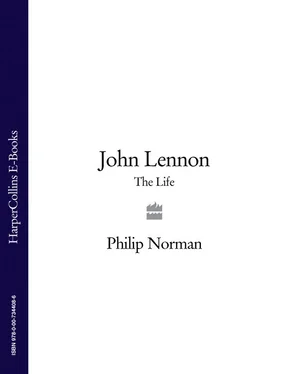
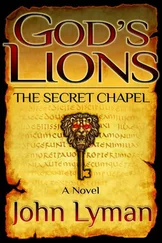
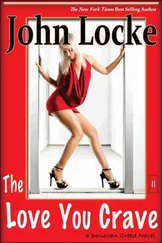
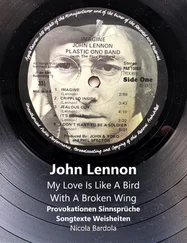
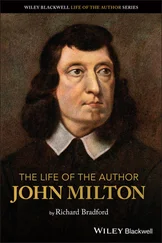
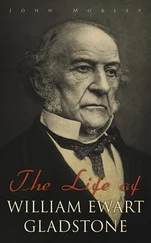

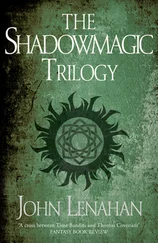
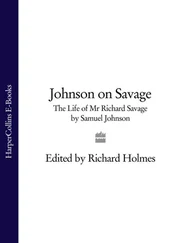
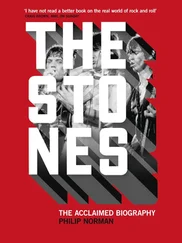


![John Bruce - The Lettsomian Lectures on Diseases and Disorders of the Heart and Arteries in Middle and Advanced Life [1900-1901]](/books/749387/john-bruce-the-lettsomian-lectures-on-diseases-and-disorders-of-the-heart-and-arteries-in-middle-and-advanced-life-1900-1901-thumb.webp)